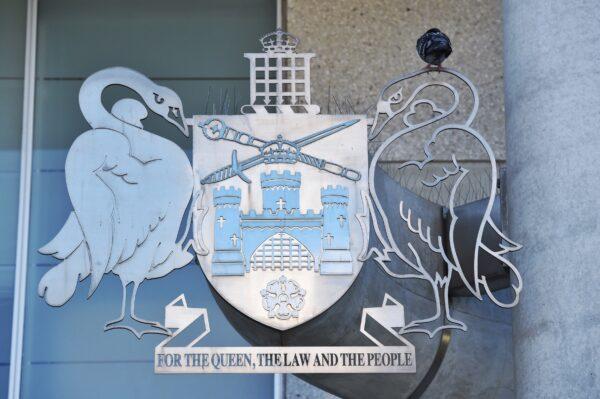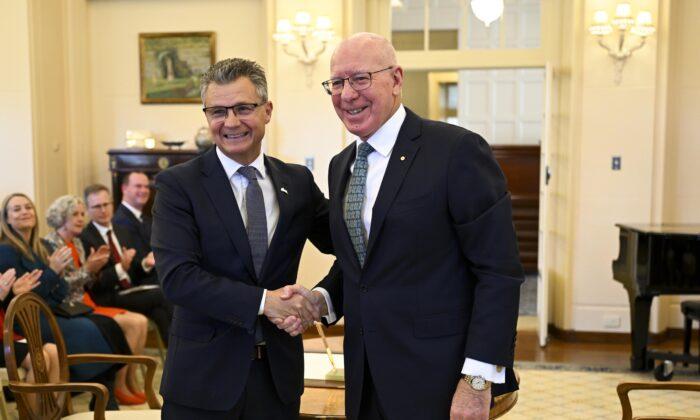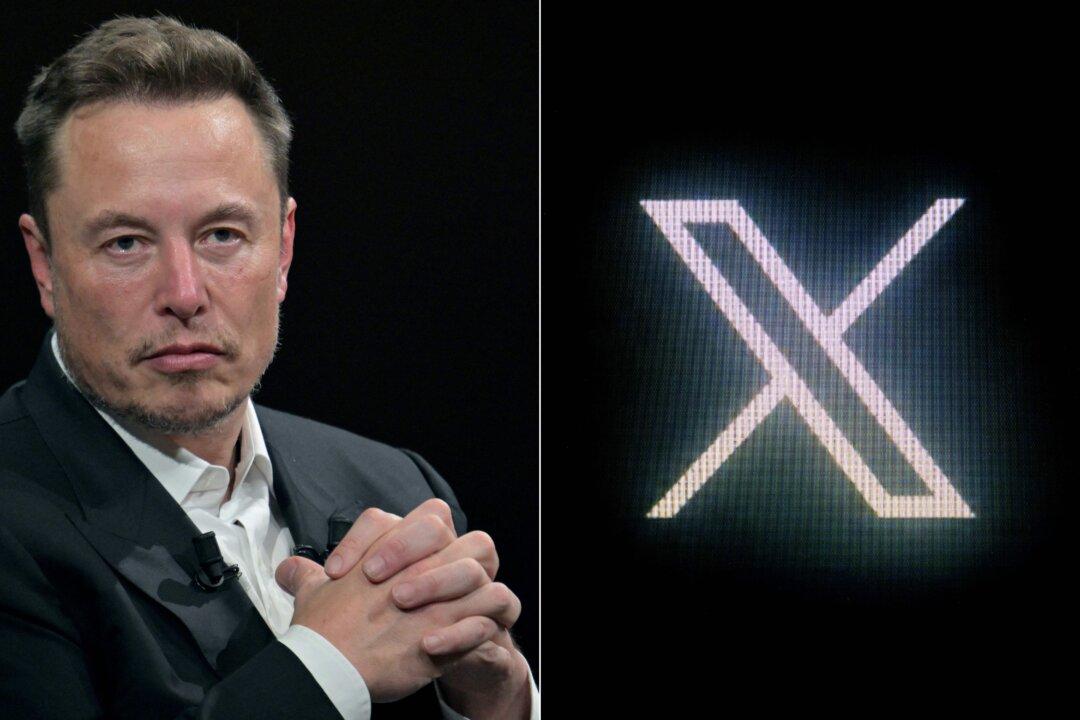Australia’s newly appointed Prime Minister Anthony Albanese has announced his ministry last week. One of the ministers he has appointed will serve as the “Assistant Minister for the Republic.”
However, the real debate in this country is not about monarchy versus republic but how to establish a better democracy in which the people are made truly sovereign. After all, as stated by former Chief Justice Anthony Mason, in Australian Capital Television Pty. Ltd. v Commonwealth (1992), “ultimate sovereignty resides with the Australian people.”
Or at least it should.
This idea of popular sovereignty suggests that every power of the state must be exercised by the people or by persons chosen by the people. However, our system of government is far from perfect, and although the Australian people should hold sovereign power, such power remains limited in a variety of undesirable ways.
Take, for instance, the method for selecting the governor-general. It involves a royal appointment made on the advice of the political leader (prime minister) who commands the majority in parliament.
Interestingly enough, the election of the Head of State does not require a change from a constitutional monarchy to a republic. Since medieval times Western political theorists have reminded us that the legitimacy of monarchs necessarily requires the consent of the governed. This idea of popular consent was said to manifest the “pact of subjection,” which tacitly confers legitimacy to the royal power.
In Anglo-Saxon times, for example, “there was an elective element in succession to the throne, and there are still traces of this in the coronation ceremony.” The Anglo-Saxons effectively chose or elected their kings, a tradition that Shakespeare made very clear in Hamlet, one of the most philosophical of his plays.
Curiously, the idea of an elected governor-general was raised during the National Australasian Convention in Sydney in 1891. Sir George Grey, the oldest and most experienced delegate in that convention, argued that “every officer should be elected by the people of Australia. The electors should be free to choose their governor-general.”
That debate over the election of the Australian Head of State did not occur in the context of republicanism. Instead, that was made in the context of representative democracy and the powers to be exercised by the executive arm of government.

As law professor Helen Irving points out, “that Australia would hold allegiance to the British monarchy was never in doubt, but that did not mean that the governor-general could not be elected.”
The first response to Sir George’s proposal was given by Victoria’s Premier James Munro. Because the governor-general would have to be “the representative of the Queen,” he assumed that “the only way in which we can have Her Majesty’s present is through her representative, and if her representative is to be elected by us, and not by herself, he will not be her representative, but ours.”
Sir George Grey respectfully disagreed. According to him, “to subject the people of this new federation to a rule of this kind is to degrade, and not to ennoble; is to lower them in their own estimation.”
Instead of having the Queen seek the advice of any government official, he proposed: “I say that you should rather allow the people to give the advice. Why cannot the united people of Australia be capable of choosing their governor-general and advising the Queen as beneficially as a person who knows nothing about us?”
Sir Samuel Griffith, then the premier of Queensland and who later became Australia’s first Chief Justice, confessed, “to a great extent,” that he was quite “sympathetic” to Sir George’s idea of an elected governor-general. And Charles Kingston, who soon would become the premier of South Australia, not only agreed with the idea but thought that even the governors of the colonies (later to become states) should also be elected.
The same debate re-emerged at the Second Australasian Federal Convention in 1897. Edmund Barton, who would serve as the nation’s first prime minister, reminded his colleagues that “there are some who are in favour of the election of the governor-general by our people.”
“I am aware that it is said that the election of the governor-general by the people is quite compatible with the relations which exist between us and the mother country,” Barton said.
Although the final decision was to have the governor-general “appointed by the Queen” on the advice of government officials, Irving correctly informs that,
“While supporters of direct election might now regret that Grey’s original motion was not taken more seriously, they cannot fail to recognise the logic in the argument that, as “the Queen’s representative,” the governor-general could not at the same time be the Australian people’s representative.
So, who does the governor-general represent in our current system of government? Of course, one wonders how “neutral” and “apolitical” an Australian Head of State might be now that not only retired politicians but also a “Chief Health Officer” and “Vaccine Commander” were appointed by the governors of Queensland and Western Australia, respectively.
This is not what our founders wanted when they established the Australian Constitution, which further suggests that the people should directly choose the governor-general. After all, the logic of their original opposition to a direct election of the governor-general in the 1890s has wholly ceased to exist.
Except in a dictatorship, the exercise of government depends on the people’s consent. Hence, the election of our Head of State would bring a higher level of legitimacy to the office. Moreover, if the governor-general were democratically elected, his responsibility would be to the people as a whole and not to a minority of political rulers who control the parliament.
As can be seen, the real battle in Australia is not about monarchy versus republic. The real debate is about the Westminster system of government and a desperately needed constitutional reform. Accordingly, ultimate victory in our nation means the establishment of a more perfect democracy in which our people are finally made truly sovereign.





